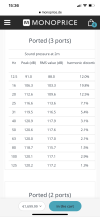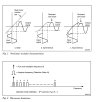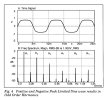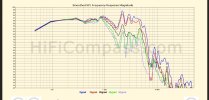Simply said : low distortion means better timing also. But in rooms we have direct wave followed by reflections. If reflections fuse the direct with almost same ampliftude, we hear the same signal for a longer period making it feeling “slow”. So “timing” depends on positioning in the room and reflection of the room too.

en.m.wikipedia.org
Audibility of distortion is not same in all frequencies.
At mid to high even 1% is audible. At lower frequencies even 20 percent is not audible.
No distortion means the harmonics are not present which asserts what we feed in is what is coming out amplified. Nothing is getting added to the signal.
I think instead of me trying to explain and screw up this just go through this conversation in audiosciencereview just to get an understanding on how the timing works. ignore the harsh language of some of the members but what they say is right.
Use this calculator to calculate distortion :
Calculate THD and distortions decibels dB to percentage % per cent percent voltage % vs converter and dB signal distortion THD+N total harmonic distortions factor attenuation damping - Eberhard Sengpiel sengpielaudio

www.sengpielaudio.com
I have a question about the '' speed '' of a driver. In theory a driver who can do 50 - 400hz mean the driver is not slowly enough to create these frequency. But what about the time that the driver take to complete stop and then create the new wavelenght? For example if the driver needs to...

www.audiosciencereview.com
Also about distortion:
Want to know how well your sound system reproduces bass? We discuss the audibility of distortion in bass and ways bass reproduction in audio systems can fall short of of a listeners expectations.

www.audioholics.com









